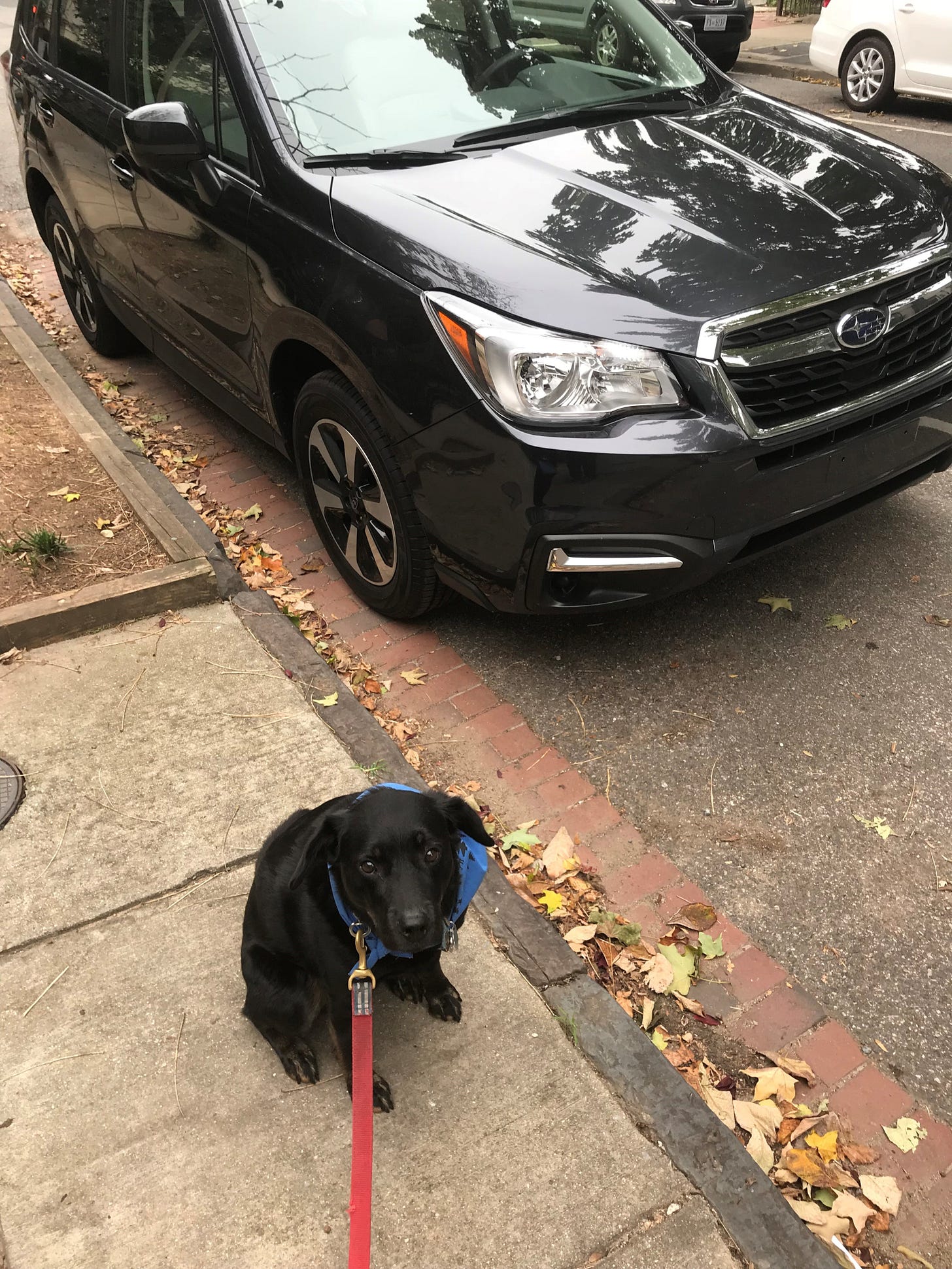United We Hug
The Maundy Monday Newsletter - This Week in History September 25 - October 1.
Hello, Okay History friends! Happy Monday!
Have you been following the United Auto Workers strike? It began about ten days ago when thousands of members walked out of plants run by General Motors, Stellantis,1 and Ford. They are seeking the usual – better pay, better benefits, and hugs after completing every shift.
UAW has expanded their strike to other GM and Stellantis plants but has spared Ford because Ford has agreed to many of the union's demands at the negotiation table. Good on Ford! Hugs for everyone!
President Biden is expected to walk the picket line on Tuesday, showing everyone the self-proclaimed most union president is committed to seeing this through. Good on optics! Don’t hug people, Mr. President!
Time will tell how this ends, but every GOP presidential nominee has amused us with their takes on the strike. They want to appear like they relate to the working man, but they also want the working to hate unions because, in their mind, unions are corrupt. These people need hugs.
This week, we are reminded how all of this began when, on October 1, 1908, Henry Ford introduced the first mass-produced automobile, the Model T.
Cars weren’t much of a thing before 1908. They were considered elitist and unnecessary because we still had horses. Cars were also custom-built, making them more expensive than your typical horse.
Ford and unions changed everything when they rolled out the Model T, a name given to the car because Ford named all previous versions after the alphabet. It sold for $825, which sounds awesome, but you realize that $825 costs about $27,000 today. Not a bad price for an economy car, but I think you had to pay it all at once. I could be wrong about that.
Ford produced about 10,000 Model Ts in their first year, and production ramped up as Ford lowered prices – the equivalent of hugs to your wallet. Production peaked at 2 million in 1923, and production of the Model T ended in 1927 when Ford began making different cars.
And unions helped make it happen.
I’m very pro-union, and I was reminded of another piece I wrote earlier this year about another great labor leader, Caesar Chavez. You can check it out here.
Okay, let's highlight what else happened this week. Here's what I got:
1. The United States lost the America’s Cup for the first time on September 27, 1983. The international sailing competition features two yachts. We defeated the British in the inaugural year of 1851. We didn’t lose until 1983, when the Australians knocked us off. I vaguely remember being interested in this sport as a kid.
2. Mark McGuire hit his 69th and 70th home on September 27, 1998. The St. Louis first baseball set the home run record after pumping himself full of drugs to help him hit the ball longer. Barry Bonds would see McGuire’s success and do the same thing, setting the new record of 73. Good job guys.
3. Tom Clancy died on October 1, 2013. The American novelist began his career as an insurance salesman who wrote The Hunt for Red October as a side gig. He would pen Patriot Games, Clear and Present Danger, and The Sum of All Fears. All books I have never read, but millions of others have. He was 66.
As you see with the focus of this week’s lesson, we usher in the tenth month over the weekend. These last three months of the year are the most surprising. You will surely have more interactions over the fact it’s October, even though we have had a month full of Fall stuff. Heck, High School football is half over. Halloween will be here soon – don’t be surprised!
I have some local travel this week, but I’ll be back on Friday with another Amendment ranking. I’m a little low on the Ask Me Anything segment content, so if you have a question you’d like me to answer, shoot it my way at chris@okayhistory.com.
See you at the end of the week! Have a great one.
Okay,
Chris

Stellantis makes Chrysler, which are Dodge cars. There are three names for this Big Three company.


